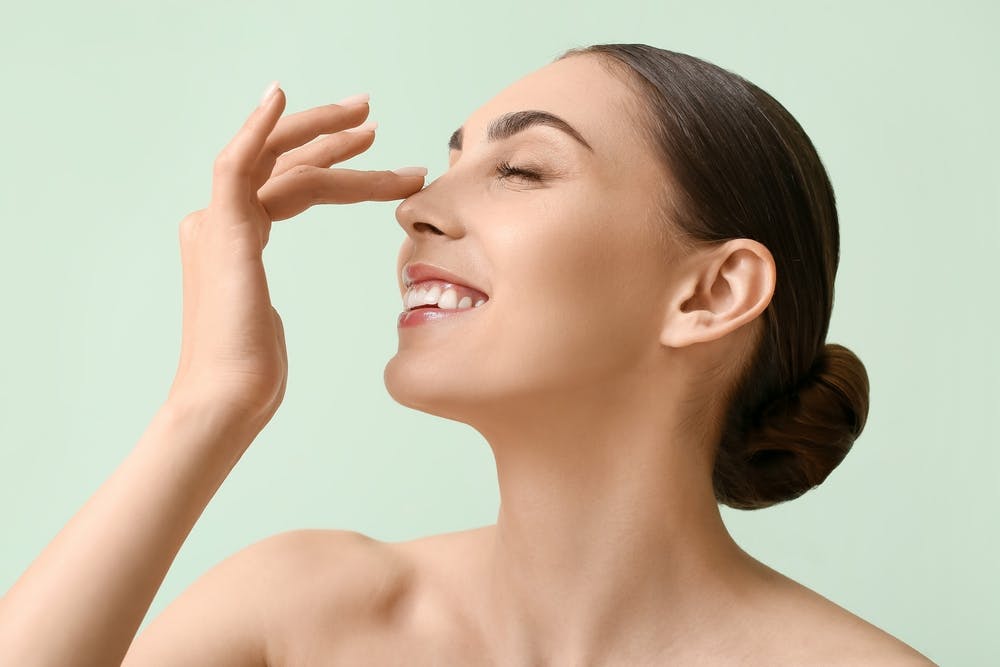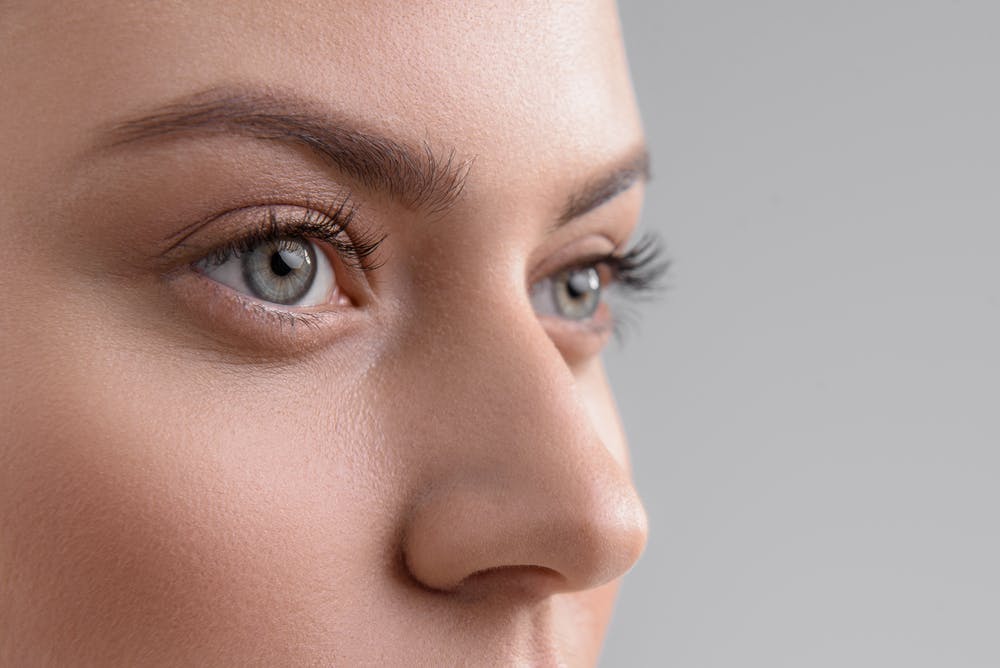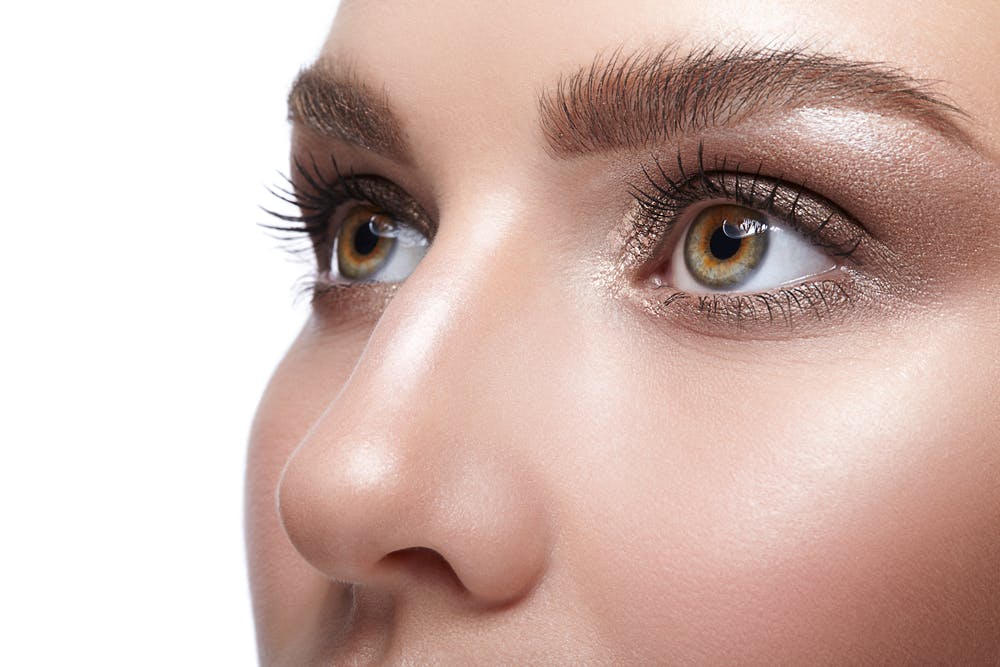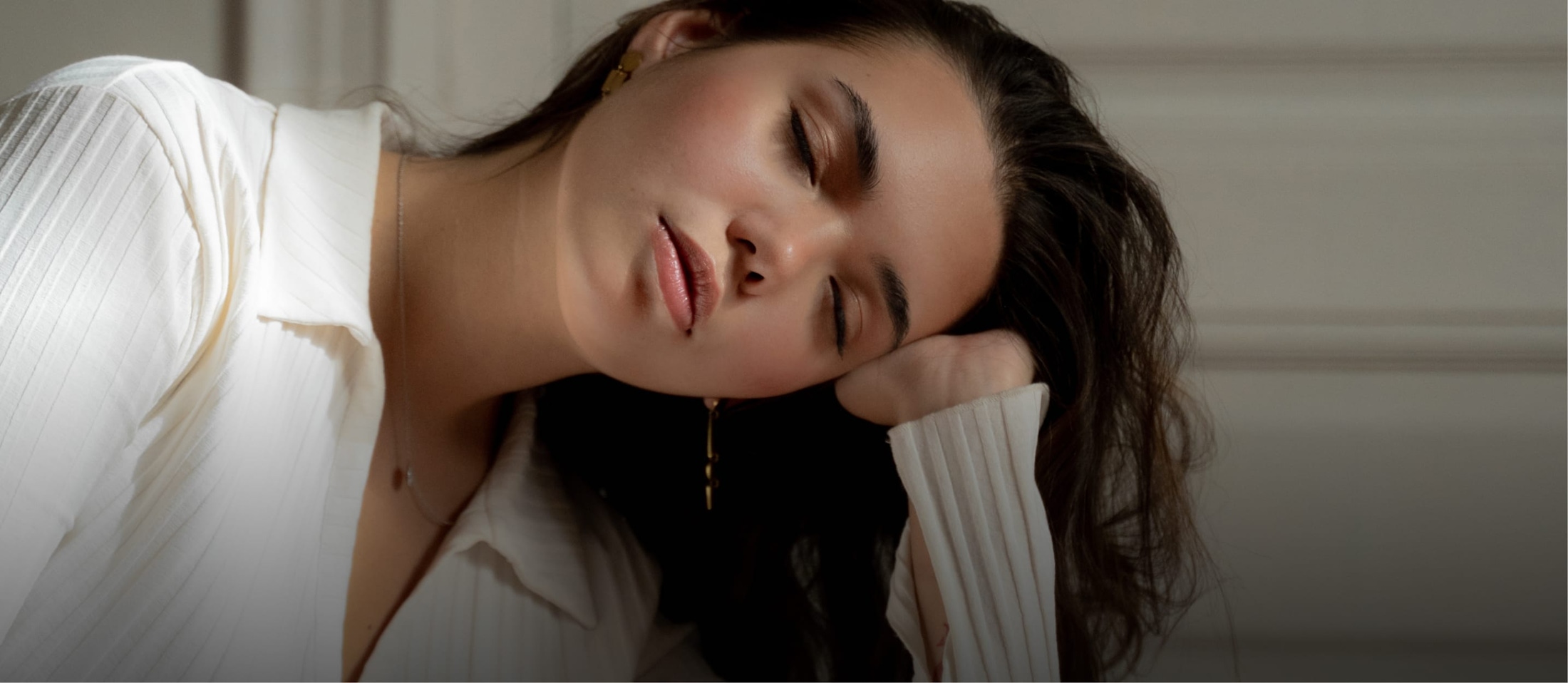
Have you ever considered reshaping your nose for a refined look? This comprehensive guide explores the world of tip rhinoplasty, a delicate skill that redesigns the pivotal focal point of your face. Learn all about nasal anatomy, the importance of a skilled surgeon, recovery timelines, cost implications, and many other vital factors surrounding this life-altering procedure.
Understanding Nasal Anatomy for Tip Rhinoplasty
Nose jobs are one of the most popular types of surgery, and tip rhinoplasty is no exception. When it comes to nasal reshaping, a skilled surgeon will take into account the intricate anatomy of your nose. Specifically, they’ll focus on correcting any problems with the nasal skin, nose tip surgery, excess cartilage, and nasal bridge. Plus, they may also address issues with ethnic rhinoplasty (such as bulbous noses), cosmetic surgery (such as dorsal hump), and nose tip surgery (such as an ideal nose).
Recovery times for tip rhinoplasty vary depending on the procedure performed. However, most patients report feeling relatively good within a few days post-op. In fact, some patients may even be able to resume their regular activities immediately! While this isn’t always the case, most patients find that tip rhinoplasty is a very effective way to improve their appearance.
Importance of Nasal Framework in Rhinoplasty
A successful rhinoplasty rides heavily on the precise management of the nasal framework. Understanding and manipulating the intricate interplay between bone, cartilage, and soft tissue is tantamount to achieving desirable aesthetic and functional results. The use of cartilage grafts to fortify and reshape the nasal framework is a popular technique. This not only enhances natural-looking contours but also provides long-term stability to the reconstructed nose. Paying adequate attention to the nasal framework during rhinoplasty is, therefore, crucial for optimal outcomes.
Focus on Nasal Tip Rhinoplasty
In this segment, we delve into the specifics of nasal tip rhinoplasty, a unique type of rhinoplasty dedicated to addressing issues in the nasal tip region. This procedure merits rigorous attention because the nasal tip plays a prominent role in overall facial aesthetics.
Nasal tip rhinoplasty primarily focuses on nasal tip refinement, aiming to resize or reshape the nose tip for a more balanced look. Whether it’s droopy nose correction or refinement of a bulbous tip, this surgery can make remarkable improvements.
An important aspect of this procedure is nasal tip surgery. This involves precise surgical maneuvers to enhance the nasal tip’s contour, often including reshaping of the lower lateral cartilages.
It’s important to remember that each nasal tip rhinoplasty is individualized, taking into account the patient’s facial features and preferences to achieve a natural, harmonious result.

Rhinoplasty Procedures for Tackling Nasal Tip Issues
Rhinoplasty procedures provide excellent solutions for various nasal tip issues. One prevalent problem is a crooked nose, for which a specific nose tip rhinoplasty is recommended. To handle this issue, the surgical procedure involves reshaping the cartilage and, sometimes, breaking the nasal bones for a straighter appearance.
Another common concern is a bulbous nasal tip. The procedure here involves refinement and reshaping to give a more defined look. Nose tip surgery can also address matters such as long or short nasal tips.
The extent of the procedure depends upon the patient’s needs and expectations. Whether it’s about fine-tuning the nose’s tip or a comprehensive nose tip rhinoplasty, the solution lies in the capability of the chosen procedure. The ultimate goal remains to enhance the look while maintaining the functionality of the nose.
Remember, each patient is unique, and the surgical procedure should be tailored to meet individual needs.
The Surgeon’s Role in Successful Rhinoplasty
Successful rhinoplasty results highly depend on the skills of the surgeon, both inherent and acquired through years of experience. Similarly, a double board-certified surgeon naturally holds higher credibility in this field. An experienced surgeon knows how to achieve a balanced, natural-looking outcome that meets the patient’s aesthetic objectives without compromising functionality.
Interestingly, not all experienced surgeons necessarily excel in rhinoplasty. Rhinoplasty surgeons must possess specific anatomical knowledge and surgical skills to handle the complexities of each unique nose. The difference a skilled surgeon can make in rhinoplasty results is immeasurable, from improved breathing to enhanced self-esteem. Thus, it’s important to find an experienced and skilled plastic surgeon for rhinoplasty who is double-board certified for optimal results.
Skilled Rhinoplasty Surgeons and Their Techniques
The vital role skilled surgeons play in successful rhinoplasty cannot be ignored. Mastery of state-of-the-art surgical techniques is key to achieving the desired aesthetic results. Noteworthy is that every technique employed by the surgeon must fit the unique needs of each patient for a seamless, natural look.
Appearance Changes Post-Tip Rhinoplasty

Changes to your nose can lead to significant transformations in your overall facial appearance. Despite the degree of change, the primary goal of rhinoplasty is often to produce balanced, natural-looking results. The smallest alterations can yield large differences and may pleasantly enhance your appearance.
By reshaping the nose, surgeons harmonize it with your existing facial features. The prominent position of the nose means that even minor changes can greatly affect your facial appearance. Since the aim is achieving a harmonious and natural-looking result, post-surgery, your nose should simply blend with your other facial features rather than standing out.
Tailored to individual needs, the shifts triggered by a rhinoplasty procedure are designed to complement and uplift your appearance, subtly enhancing your features rather than overpowering them. With surgical precision and artistic vision, surgeons sculpt an improved nose that feels like a natural part of you.
The Cost of Tip Rhinoplasty
The cost of a rhinoplasty procedure can vary widely depending on several factors. On average, expect to pay between $5,000 to $10,000 for this invasive procedure. Remember, the cost of rhinoplasty covers more than just the surgery; it often includes anesthesia, hospital or clinic costs, and any necessary blood work or testing. Due to its nature as a cosmetic procedure, most health insurance plans will not cover the costs of a rhinoplasty. It’s vital to consider these factors and discuss the financial aspect with your surgeon before deciding on the procedure.
Tailored Treatments and Approaches in Tip Rhinoplasty
Many different approaches and treatments can be used in tip rhinoplasty. This includes refining the nose with nasal cavities correction, effective procedures for wide nostrils, bulbous noses, unnatural appearances, and more. Bone structure must be taken into account when planning a treatment, as well as the patient’s overall facial proportions.
Rhinoplasty is an effective procedure that can help improve the look of a nasal tip reduction and/or open rhinoplasty. Patients who have undergone a closed rhinoplasty often find that their high-profile nose now looks more proportional and natural. When performed by skilled surgeons, tip rhinoplasty can result in a refined nose that feels like a part of your own body.
Coping with Recovery: Life After Tip Rhinoplasty
Recovery after rhinoplasty entails a gradual return to normal activities. Opt for light activities such as taking leisurely walks and reading. Strenuous activities like lifting heavy objects and intense workouts should be avoided for at least 3-4 weeks post-surgery. Regular assessments with your doctor will guide you on when to resume strenuous activities. Patience is essential in this phase, as adequate rest facilitates proper recovery.
Caring for Your Nasal Health After Tip Rhinoplasty
Proper nasal care post-rhinoplasty is essential for maintaining optimal nasal function and breathing. Regular cleaning, not blowing your nose harshly, and avoiding strenuous activities help prevent complications. Remember, your nasal structure is delicate during recovery. With consistent care, you protect your nasal health and ensure satisfactory results from your rhinoplasty. Listen to your doctor’s advice, as they understand your medical and nasal specificities the best.
As you journey through the terrain of rhinoplasty, it’s critical to have a qualified guide. Let the trusted and experienced Dr. Mark Glasgold and Dr. Robert Glasgold be those experts. With his wealth of experience and proficient skills in this field, he will undoubtedly help you achieve that perfect nasal symmetry you desire. Seek a consultation today.



